The concept of time.
The all-powerful force that governs every aspect of our lives. Time influences our days, weeks, months – every single thing we do and experience – whether it is the unrelenting tick-tock of the clock or the cosmic dance of our solar system.
But is time really as straightforward as it seems?
Today, we delve into the complexities of time, bringing you the facts surrounding its oddities, paradoxes, and the surprising ways it intertwines with our daily lives.
Here are 25 Mind-Blowing Facts About Time.
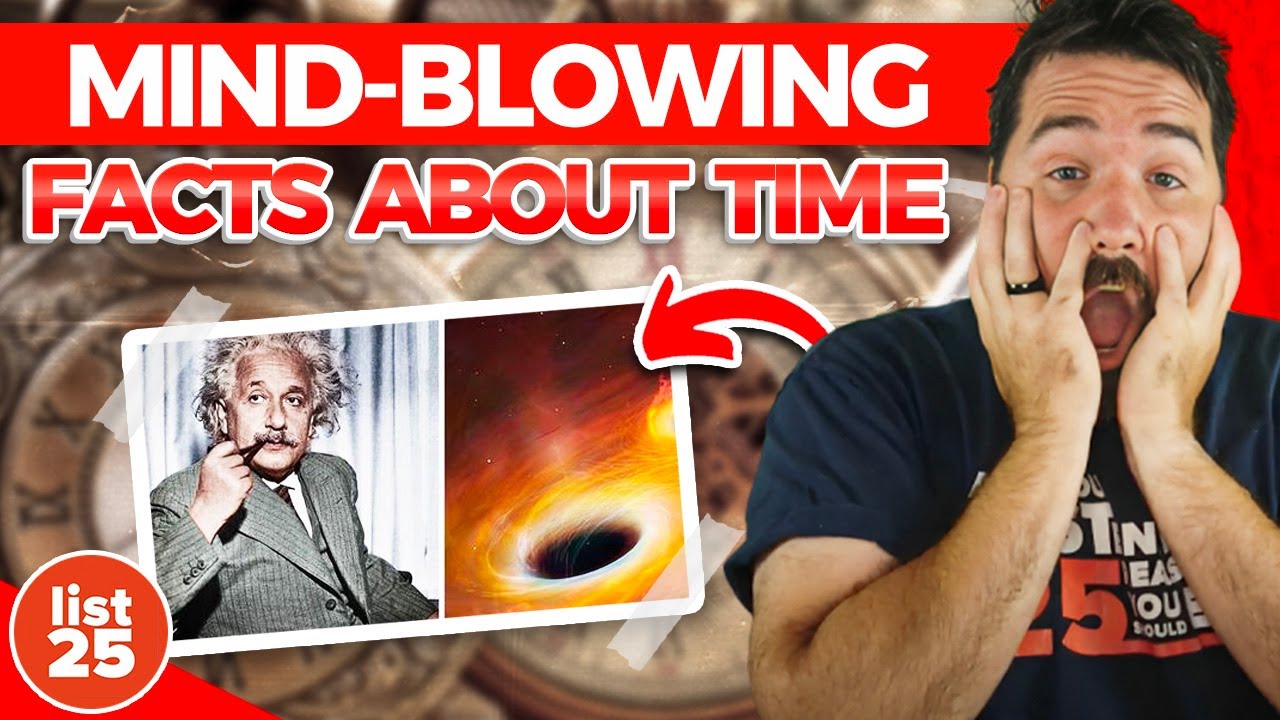
The Mythological Explanation of Time
 http://www.theoi.com/Protogenos/Khronos.html
http://www.theoi.com/Protogenos/Khronos.html Let me take you on a quick journey down the explanations of time as believed by the ancient Greeks. The primordial gods Khronos and Ananke existed before everything else. Khronos was the god of time, while Ananke, a serpent, wrapped himself around the world’s egg.
Khronos was in charge of the passage of time through the seasons and the years from the beginning, but what occurred to men and women during that time was the responsibility of the Morai.
Klotho spun the life thread, Lakhesis measured the length of the thread, while Atropos cut it. The Moirai could also predict the future. So, while the gods oversaw the passage of time through the ages, the Moirai were in command of what happened within it.
Einstein Gave Us Our First Insight Into The Physics Of Time
 https://www.space.com/36273-theory-special-relativity.html
https://www.space.com/36273-theory-special-relativity.html Rather than seeing time as an unchangeable order, he showed that it is actually relative. For example, Einstein’s theory of special relativity argues that your speed and the speed of time have an inverse relationship. The faster you move, the slower time moves.
This is why people who travel through space age slower than those who remain on Earth: The astronaut Scott Kelly was born a few minutes after his brother Mark – but after spending a year on the ISS (International Space Station), Scott returned to Earth 5 milliseconds younger than his “big” brother. If Scott had been traveling at near-lightspeed, the age difference would have been much more pronounced.
Einstein Also Changed The Way We Thought About Gravity
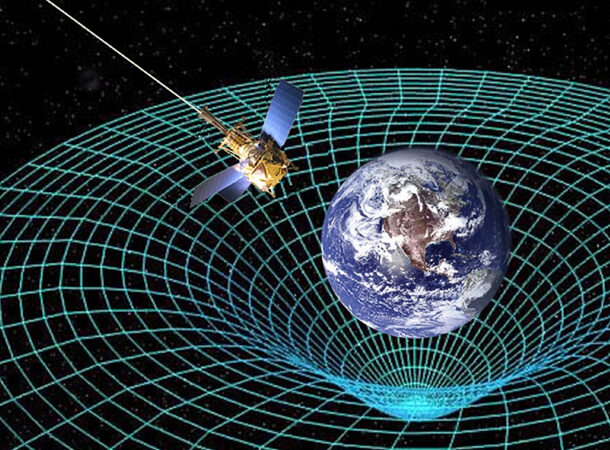 https://mashable.com/2014/10/02/time-facts/
https://mashable.com/2014/10/02/time-facts/ Have you ever watched the 2014 movie Interstellar? If you have, you’ll understand what I mean when I say gravity warps time. In essence, it taught us that the closer you are to a large body – like a massive black hole in the case of Interstellar – the slower time passes for you.
But gravity’s influence on time is not confined to intergalactic travel.
Here on Earth, our gravity changes regularly; for instance, should you climb Mt Everest, your gravity will be much lower as you’ve adjusted your distance from the center of the Earth. Likewise, if we took synchronized clocks and left them at different elevations – they would all eventually fall out of sync.
Gravity Is Also Making Our Days Longer
 https://www.space.com/40802-earth-days-longer-moon-movement.html
https://www.space.com/40802-earth-days-longer-moon-movement.html A day on Earth used to be about 18 hours long, more than a billion years ago. The days that we live in are now longer because the moon’s gravity causes the Earth’s rotation to slow down. Longer days mean shorter years – well, sort of. The time it takes the Earth to orbit the sun has remained constant, but the number of days in a year has increased. Days were only around 23.5 hours long when dinosaurs walked the Earth 70 million years ago, and a year consisted of 372 of those slightly shorter days.
Music Can Change Your Perception Of Time
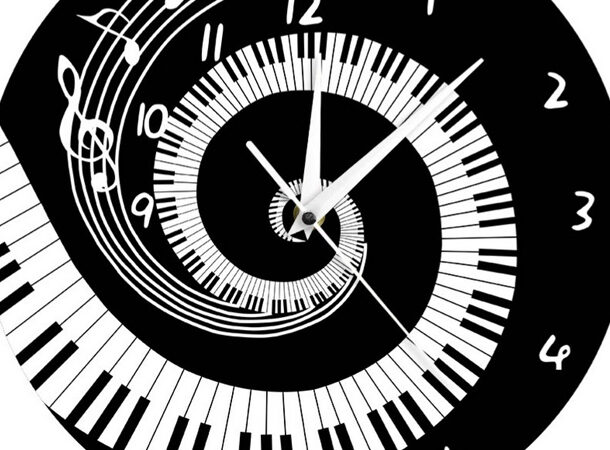 http://nautil.us/issue/9/time/how-music-hijacks-our-perception-of-time
http://nautil.us/issue/9/time/how-music-hijacks-our-perception-of-time Have you ever gotten “lost” in a song? When engrossed by music, we often forget about time and the outside world. Music can create something akin to a parallel temporal reality. If the experience is vivid enough, neuroscientists can watch the brain’s sensory cortex take over from the self-centered regions of the brain, which creates a sense of timelessness.
Music can also be an extremely powerful behavioral manipulator by changing the listener’s perception of time. Many businesses like to play current and popular music since customers tend to stay longer than when they listen to older, more well-known music. Because the novelty makes time appear to fly by, customers underestimate how much time they’ve spent in the store.
Using Illegal Substances Changes Your Perception Of Time
 https://neuroticthought.tumblr.com/post/29143189960/drugs-and-time-perception
https://neuroticthought.tumblr.com/post/29143189960/drugs-and-time-perception Can illegal substances change our perception of time? In general, it is determined by the substance and the setting. And since studying time perception in this manner is seriously immoral, much of the evidence is anecdotal.
However, Opium and psychedelics have been reported to significantly slow down the perceived passage of time.
Laboratory rats have an astonishingly accurate sense of time. However, rats given methamphetamine would press their food levers too soon – showing an accelerated time perception. They pushed the lever too late after being given haloperidol, demonstrating a delayed sense of time. Although we’re not comfortable with the morality of lab testing on rats – these experiments are widely regarded as experimental proof that such substances indeed change our perception of time.
Time Goes Faster As You Age, Sort Of…
 http://www.npr.org/blogs/krulwich/2010/02/01/122322542/why-does-time-fly-by-as-you-get-older
http://www.npr.org/blogs/krulwich/2010/02/01/122322542/why-does-time-fly-by-as-you-get-older When we look back on our lives, the vividness of our memories can make important events feel much closer in time. This “telescoping” effect produces the enticing illusion that years pass faster as we become older. But in actual fact, “telescoping time” is caused by the difference between actual, measured time and our own subjective timeline.
Another reason why the years seem to fly by as you get older is simple proportion. When you are ten years old, one year equals 10% of your life. That year becomes 1.67% of your life when you’re 60. Even though it’s the same amount of time, it is not proportionally the same.
But don’t despair – you can actually slow it down again. The answer to “lengthening” your later years boils down to novelty. Be spontaneous, try something new, break down the old gray barriers, and time will slow down again.
The Railroad Industry Standardized Our Time Zones
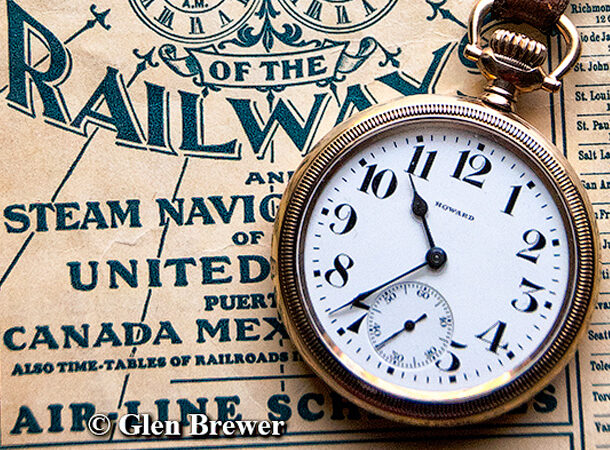 https://www.history.com/this-day-in-history/railroads-create-the-first-time-zones
https://www.history.com/this-day-in-history/railroads-create-the-first-time-zones Until the turn of the century, towns and villages synchronized their clocks using the local solar noon. This resulted in hundreds of different local times, making transit scheduling an enormous nightmare.
To account for all the micro time zones, train schedules in different cities had to give hundreds of arrival and departure times for each train. On November 18, 1883, train companies in the United States and Canada started using a schedule remarkably similar to the standardized time zones we continue to use today.
In the United Kingdom, it seemingly caught on sooner, as railroad companies started using a standard London-based time in 1840.
The New York Minute
 http://www.bbc.com/future/story/20120827-how-to-make-time-stand-still
http://www.bbc.com/future/story/20120827-how-to-make-time-stand-still If you’ve ever walked out of Penn Station into the frantic, relentless environment of New York City, you will understand the concept. The sheer amount of information and visual data has a habit of freezing the untrained observer into a stumbling daze. So, what causes this effect in big cities?
Well, it is something called the “stopped-clock illusion.” This effect can be felt whenever your eyes quickly go to the second hand of an analog clock. It seems to freeze. The seconds between clicks are suddenly too long. This happens because humans lose data during rapid eye movements, and the missing input is “inserted” after the movement, causing an apparent increase in time duration. The same effect happens when our eyes quickly sweep across New York City’s blinking signs and buildings. What feels like five minutes in our heads has just passed us by in a New York minute.
The Human Mind Cannot Understand The Concept Of Eternity
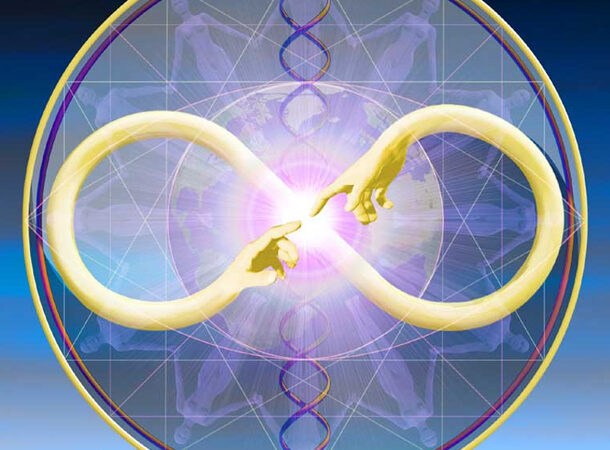 http://www.truthperfected.com/2013/02/the-infinity-symbol-more-complex-than.html
http://www.truthperfected.com/2013/02/the-infinity-symbol-more-complex-than.html I want you to imagine a massive block of marble, each side stretching for one hundred miles. Now, try to think of one sparrow that comes to the block of marble just once every year to spend a minute polishing his beak on the marble cube. When the cube has been polished to oblivion, a second in eternity will have passed.
We know this analogy describes a massive stretch of time, but it is still finite – meaning it will end at some point. Meanwhile, by definition, eternity is unlimited and endless – it will never end. Although our minds are too tiny to fully grasp the idea of eternity, we have tried to symbolize it. There’s the famous “lemniscate” symbol, the horizontal figure eight, and the circle with no beginning or end.
Leap Years And The Challenges of Leapers
 https://spaceplace.nasa.gov/leap-year/en/
https://spaceplace.nasa.gov/leap-year/en/ We created leap years to compensate for the Earth’s orbit around the sun. It actually takes 365.242 days to spin around the sun, not 365 days. So without the leap year, we would lose around six hours per year, resulting in extremely faulty calendars as the decades progressed.
Unfortunately, “leapers” born on February 29 can only celebrate their birthdays every four years. The bad news is that you have to convince people that the day before or after your birthday is the best substitute. The good news is that you can calculate your age by counting birthdays, which means you might look 32 but are only eight years old.
The Leap Second
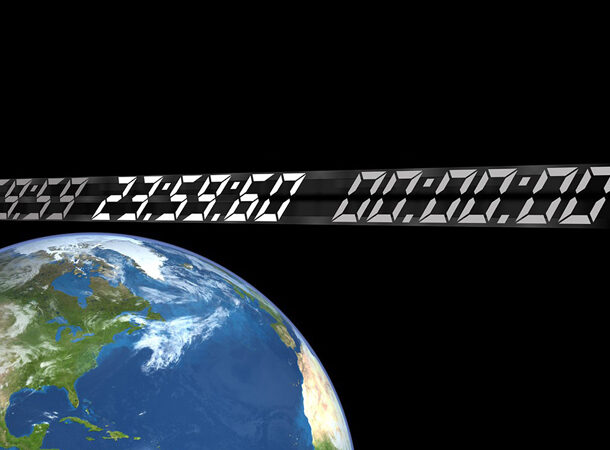 https://www.latimes.com/science/sciencenow/la-sci-sn-june-30-leap-second-20150629-story.html
https://www.latimes.com/science/sciencenow/la-sci-sn-june-30-leap-second-20150629-story.html While we’re on the subject, let’s talk about the leap second. The rotation speed of the Earth can be unpredictable. Northern Hemisphere winters with heavy snow, Atmospheric winds, and other large weather systems can all influence how fast the Earth spins. At times, the International Earth Rotation and Reference Systems Service will announce a leap second to keep the discrepancy between astronomical and atomic time to less than .9 seconds.
Most of us will never notice a leap second, but they can be a major headache for tech companies. Because leap seconds are added at random, developers have no method of incorporating them into their code, which has caused platforms such as LinkedIn and Reddit to crash in the past. In fact, in 2012, a bug caused by a leap second caused so much chaos that more than 400 Qantas flights were delayed.
There Could Be Multiple Versions Of This Exact Moment In Time
 http://bigpicturequestions.com/what-is-linear-time-vs-nonlinear-time/
http://bigpicturequestions.com/what-is-linear-time-vs-nonlinear-time/ Linear time is our most straightforward experience, viewing time as a line that flows easily from one moment to the next. When we plot time on a straight line, we have linear time, which is a linear representation of how time works. This is almost instinctively how we think of time, from the past to the future, although linear time is not the only way to think of time.
Modern science and philosophy, on the other hand, are developing a concept known as nonlinear time that indicates there may be multiple versions of this very present moment we’re currently inhabiting, each experienced differently by the objects and subjects within it, unlike the typical past-present-future mode of being that we all share. According to nonlinear time, temporal references are simply human identifiers that we employ to store and track distinct moments as time passes.
The Ancients And Circular Time
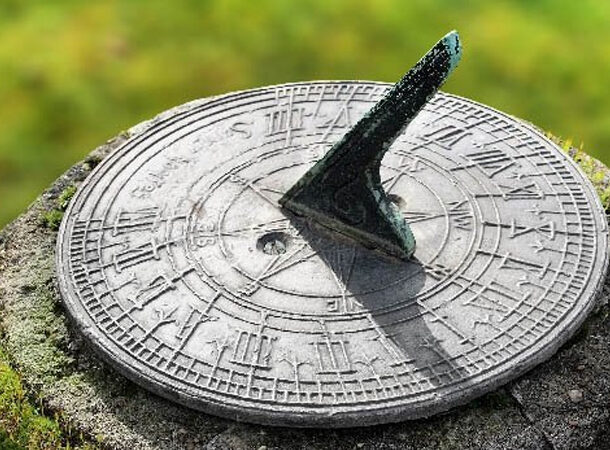 https://maya.nmai.si.edu/calendar/calendar-system
https://maya.nmai.si.edu/calendar/calendar-system Circular time, like linear time, is very familiar to us; it’s a time frame that repeats, usually on a predictable rhythm, like the clock that runs around and around, always returning to the same numbers it started with. Weeks, months, and years are also circular.
Circular time has its roots in ancient Hebrew philosophy. According to the ancient Hebrews, because time is circular, it is also infinite. A lot of our advanced ancient societies, including the Greeks and the Maya, also believed that time was circular and that everything in our daily lives, including the sun, moon, and seasons, ebbed and flowed, doing a neverending dance of coming and going, being born and fading away. In fact, the Gregorian Calendar that we all know and love today was not even formulated until 1582.
Time And Real Duration
 https://philosophynow.org/issues/48/Henri_Bergson_and_the_Perception_of_Time
https://philosophynow.org/issues/48/Henri_Bergson_and_the_Perception_of_Time Real duration, according to the philosopher Henri Bergson, is our “lived time,” or the time we experience from within and our interpretation of it.
For instance, let’s say you eat some pie and then lean back and stare out the window for one minute in linear time. The following minute, someone smashes your foot with a hammer – those two minutes will feel radically different because the elements we are encountering within each of these are completely different.
Real duration, unlike the other types of time, cannot be removed from our experiences in that period. This begs the question: What good is any concept of time if there is no one there to experience it? After all, would you compare a year in a coma to a year doing what you loved all day, every day?
We Can Slow Time Down
 http://therapytoronto.ca/news/tag/meditation/
http://therapytoronto.ca/news/tag/meditation/ It’s extremely hard to focus on the present since an “echo” of the past and a “foretaste” of the future lingers around every passing moment.
Our thoughts are notorious for refusing to stay in the present, always grieving a past that can never be undone or anticipating a future that may never come. So, what is the solution to living “outside of time”? Many wise individuals, including a few key religions, have proposed the same answer: Be Here Now.
Meditation, which aims for mindfulness of each passing minute, has been shown to drastically decrease our perception of time, potentially alleviating anxiety and despair. So, the next time you feel tugged ahead or behind, just remember: now, be here now.
What Time Looks Like
 http://plato.stanford.edu/entries/time/#TopTim
http://plato.stanford.edu/entries/time/#TopTim When it comes to time being linear or circular, there’s no correct answer, but there are some fascinating ideas around it. According to Aristotle, time cannot exist as a line, at least one with a beginning and an end, even if there must have been a time when, well, time began. There had to be something before time began for there to be a time when time began. The same is true for the end of time. There must be something after the line of time to indicate that point as the end.
There’s also the question of how many lines of time exist—is there a single line of time along which everything goes, or are there several lines of time that alternatively intersect or run parallel to each other? Is time a straight line with many branches? Or maybe instances in the time stream exist independently of one another. There are several theories – but no answers.
Time Doesn’t Exist
 http://plato.stanford.edu/entries/time-experience/
http://plato.stanford.edu/entries/time-experience/ Have you ever heard that time is nothing more than a construct of our minds?
According to St Augustine, a brilliant Christian philosopher, something in the past no longer has the attributes of being anything – because it no longer exists. If we think back on an event or occurrence, it only feels like it took a long time because we remember it that way. Because we only quantify time based on how we remember it, it must only exist in our minds.
In the same vein, he said that the future does not exist yet, so it cannot have any measurable quantities. As such – the only thing that exists is the present, and the only logical conclusion to that is that time only exists in our minds.
Shorter People Experience Time Differently
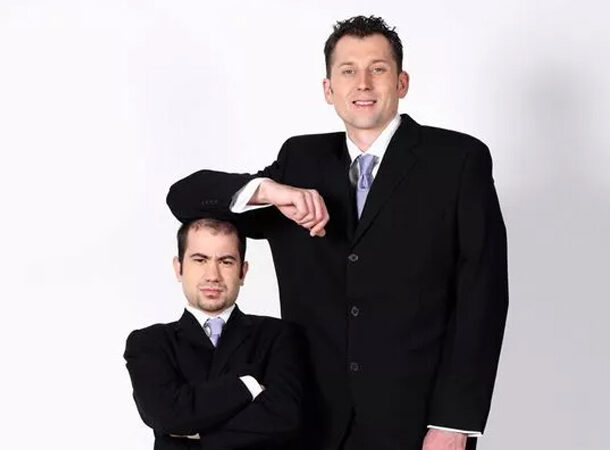 http://www.npr.org/blogs/krulwich/2009/05/18/104183551/the-secret-advantage-of-being-short
http://www.npr.org/blogs/krulwich/2009/05/18/104183551/the-secret-advantage-of-being-short It may sound strange, but it makes sense.
It is based on the theory proposed by a neuroscientist named David Eagleman that even if different regions of the body get information simultaneously, it takes slightly different amounts of time for the data to travel to your brain.
For instance, imagine you’re texting someone, and you hit your head on a telephone pole while stubbing your toe at the same time – in theory, the information from your head injury will reach your brain faster than the information from your toe, but you’ll think you feel both at the same time. This delay in absorbing information makes short people more “in-the-moment.” Because there is less of a delay in information reaching the brain, a shorter person experiences a more accurate version of time.
Time Is Going By Slower Than Ever Before - And We Can Actually See It
 http://www.telegraph.co.uk/news/science/large-hadron-collider/3319218/Time-is-running-out-literally-says-scientist.html
http://www.telegraph.co.uk/news/science/large-hadron-collider/3319218/Time-is-running-out-literally-says-scientist.html The presence of dark energy is one of physics’s biggest unsolved mysteries. We can see it, and we can see its effects – but we have no idea what it is.
According to one group of researchers from the University of Salamanca in Spain, all of our efforts to discover and characterize dark energy have been in vain since dark energy doesn’t exist.
Instead, they argue that all of the influences of dark energy can be explained by the alternative theory – that what we’re actually seeing is time slowing down on its way to a complete stop.
According to the Professors, the cosmos will eventually end up frozen in place for all eternity – but don’t worry, that is billions of years away, and Earth will no longer exist by then.
The Specious Present
 http://plato.stanford.edu/entries/time-experience/#4
http://plato.stanford.edu/entries/time-experience/#4 Just how long is the present? The specious present looks at how long the present actually lasts. The standard answer, something like it being “the now,” isn’t very specific. For instance, when we’re talking to someone, and we’re in the middle of a sentence, we’ve already finished the first part of the sentence, and it’s in the past, but the conversation is still happening now. So, just how long does the present then actually last?
E.R. Clay and William James said it could be as little as a few seconds and probably no more than a minute, but it is the amount of time that we are immediately, consciously aware of. So, the specious present attempts to explain the present as an interval of time with a specific duration – but remains separate from the objective present.
That Moment When Time Seems To Slow Down
 http://www.ncbi.nlm.nih.gov/pmc/articles/PMC2110887/
http://www.ncbi.nlm.nih.gov/pmc/articles/PMC2110887/ We often hear stories about how time slowed down in an instant, and everything moved in slow motion. It usually happens when someone is in a life-threatening situation. It is so widespread and common that researchers decided to study the phenomenon.
They first looked at what would happen if time slowed down for us – we would be able to see things more clearly and pick up the finer details. A group of test subjects were shown a series of flashing numbers to determine when their minds became incapable of distinguishing the numbers. Once they had a baseline, participants were asked to do the same thing while being dropped from a 150-foot tower. They were also asked to watch others fall from the tower while calculating the time it took them to reach the bottom.
Every participant later estimated that their fall lasted about 36% longer than those whose falls they were watching. Coupled with the fact that none of them could actually recall the numbers that made them experience time going by slower, it wasn’t the moment that slowed down but our memory of it. It’s now believed that the slow-motion effect is something in our memories that makes scary events seem to last forever.
Time As A Dimension
 http://www.iep.utm.edu/time/#SH8a
http://www.iep.utm.edu/time/#SH8a Some scientists believe that time is an actual dimension and that looking at time this way makes the most sense.
In their theory of four-dimensionalism, everything exists in four dimensions instead of three, and the fourth dimension, time, can be connected to the other three at specific points in time.
Another interesting one is the block universe theory. Some scientists believe we should instead view the entire universe as a three-dimensional block made up of time slices. It has breadth, depth, and height, and for any event with a measured duration, there are layers of time that make up its entirety. Here, every human is a four-dimensional object with multiple layers of time—infancy, childhood, adolescence, and so on. Time does not exist in the sense that there is a past, present, and future, but each point within the block is linked to the other three in terms of time.
The Mysteries of Deep Time
 http://ncse.com/evolution/science/deep-time
http://ncse.com/evolution/science/deep-time Large-scale time units are hard to fully comprehend. Epochs and eons are simply words rather than concepts. The larger the time unit, the further detached it is from our daily lives and the more unintelligible it gets.
Deep Time is probably the strangest of them all.
Deep Time, measured in billion-year increments, is used to debate and understand the mechanics of cosmology, geology, and evolution. In terms of Deep Time – the Big Bang happened 13.7 billion years ago, whereas Earth was formed roughly 4.6 billion years ago. Simple life forms began to appear about one billion years later.
Many people simply do not accept these magnificent timelines, rejecting carbon-14 and Doppler shift dating procedures universally acknowledged by experts – like the “New Earth Creationists,” who believe the Earth is approximately 6,000 years old, as stated in the Bible.
We Still Have No Idea How Time Works
 http://eclipse.gsfc.nasa.gov/LEcat5/time.html
http://eclipse.gsfc.nasa.gov/LEcat5/time.html You would think that time should be one of the easiest things to wrap our heads around once we understand the physics of space, time, dimension, and everything else that goes with it. But we’re basically useless at telling time, and we’ve got the track record to prove it.
On the one hand, we have sidereal time, measured by the position of the stars and the rotation of the Earth. That obviously fluctuates a lot, so we also have the solar day. That is based on the time the Earth takes to complete a single rotation on its axis. The length of the rotations varies as well, so to figure out the length of a solar year, we averaged out the rotations. But then we realized the Earth’s rotation was slowing and had to create Ephemeris Time, which was phased out in 1979.
Terrestrial Dynamical Time, which is more exact and is based on International Atomic Time, came next. This ended in 1991 when it was technically renamed Terrestrial Time.
Terrestrial Time still uses the positions of stars and other solar bodies today. Still, with the rest of the world using Universal Time as its practical standard, there had to be a manner to correct the two—that’s Delta T.
In other words, we have yet to learn what to do with time, even though we make use of and live it every day. The most seemingly basic of all time-related questions is that it isn’t basic at all – and we’ll probably never have all the answers.



























